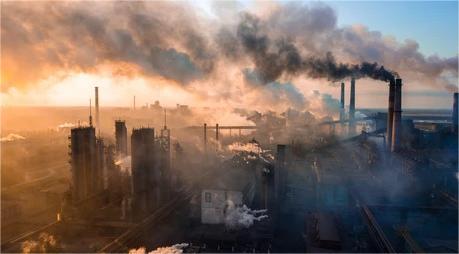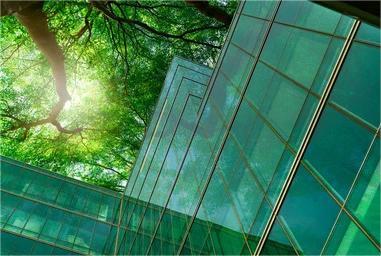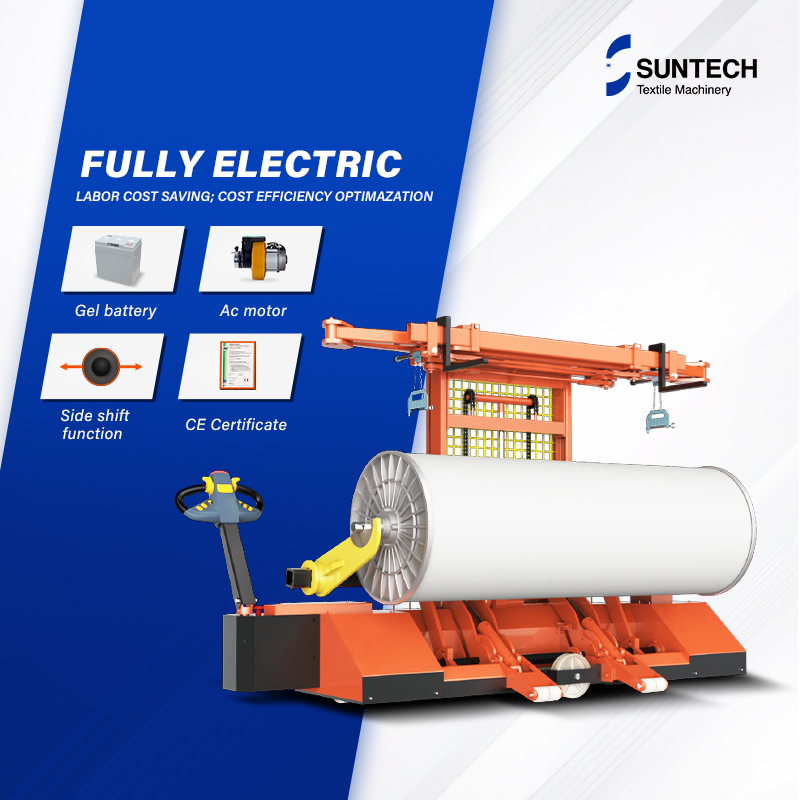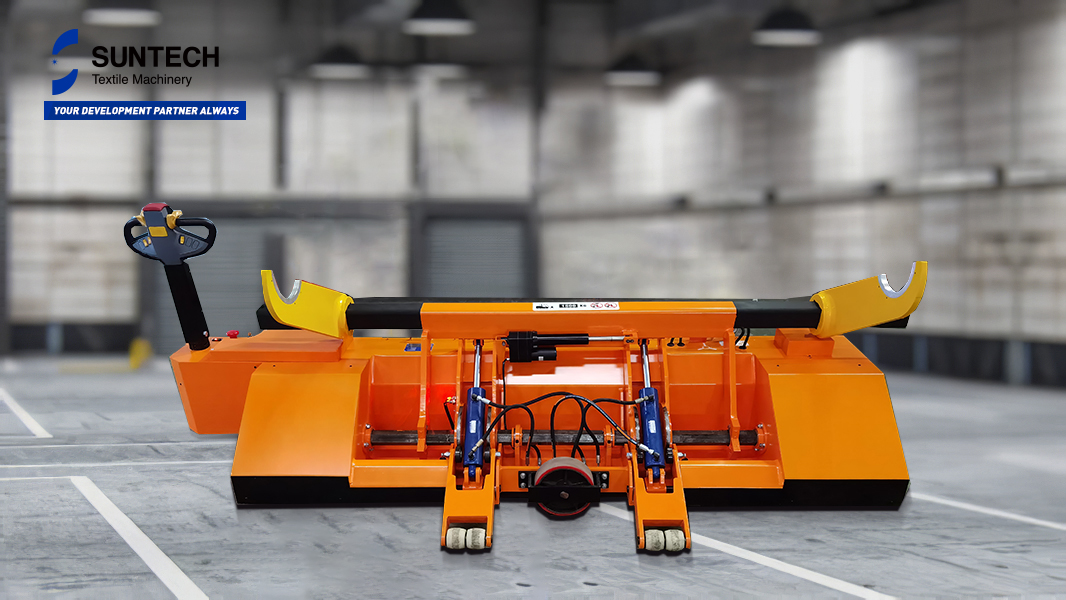Background
Under the rapidly changing global society, existing restrictions imposed on Russia and the potential for further restrictions continue to impact fuel costs, contributing to the wider supply chain crisis. The uncertainty on the future path of consumer demand and probable resource crisis, along with a long-term call for saving resources, we can notice the increasing requirement for a sustainable method, especially in the textile machinery, where energy and water play a vital role in the process.
The Problems Faced in Textile Machinery
The textile industry is among the most essential consumer goods industry in the world as it is one of the basic needs of man. We have only lately begun to recognize the unwelcome implications of our careless attitude towards the natural environment, despite the fact that the use of natural resources has expanded tremendously in recent decades in fast industrializing nations.
Energy and water have been essential components of the global textile supply chain for a long time. To begin, it is common knowledge that the textile business uses a significant quantity of energy, water, and other natural resources.
“According to the Turkish Statistical Institute, the textile industry is responsible for 191.5 billion liters of water consumption, the second-largest industry in the manufacturing sector. In addition, conventional textile dyeing and finishing process require approximately 1.5 million liters of water for every ton of textile processing. Similarly, yarn spinning also consumes significant electricity from the national grid and captive power generators, using fossil fuel and natural gas for the textile industry. “
The textile industry is also notorious for its high environmental and resource costs. The whole manufacturing process, from the manufacture of fiber through the completion of the garment, creates a significant environmental risk. Not only are there consumption issues, but pollution also causes a significant amount of harm.

For instance, the textile sector is responsible for the discharge of wastewater that is very acidic or alkaline, and the colors used in the business often include carcinogenic ingredients including chlorine, chromium, alkaline compounds, zinc, and copper. The accumulation of several dyes and some of their N-substituted aromatic biotransformation products to the surface, river, and underground lead to harmful effects on human beings. These effects are caused by the transport of dyes through the food chain, and they have had a negative impact on the health of the general public.
Despite the fact that the textile industry is experiencing fast expansion, there are still environmental issues that need to be resolved within the sector. These issues include discharges of wastewater, polluted air, noise, and waste solid. It is essential that this may contribute to raising awareness about sustainability and setting a certain standard in terms of environmental protection.
Why Is Sustainability So Important?
Consumers are now educated about the greenhouse emissions, global warming, and rising carbon footprints that are generated by polluted textiles, and they are more aware that these issues are linked. The enormous environmental impact of the textile sector has compelled it to move in the direction of more sustainable practices. As a consequence of this, there has been a rise in the number of people demanding sustainable development.
The majority of people think that sustainability can be summed up in one phrase: the sort of legacy we pass on to the subsequent generation. Around 35 percent of the world's population is projected to have grown by the year 2050, which will result in a significant increase in the production and consumption of textiles, a significant increase in the amount of energy and water consumed, and ultimately an increase in environmental pollution.
Sustainability improves the quality of our lives, protects our ecosystem and preserves natural resources for future generations. Besides, going green and sustainable is not only advantageous for the firm, but it also optimizes the advantages that can be gained from placing an emphasis on the environment in the long run.
Using less energy and water would not only help reduce the amount of pollution in the air and water but will also contribute to the creation of a manufacturing process that is friendlier to the environment.
How To Realize Sustainability?
Environment, economics, and society are the three components that support the concept of sustainability. In a less formal sense, these three pillars are sometimes referred to as profit, people, and the planet. Each pillar contributes, in its own way, to the process of classifying the many types of initiatives that are undertaken by organizations and brands.
Because of the recent dramatic rise in the level of consumer awareness and the widespread availability of information on the internet, it has quickly emerged as one of the primary sources of worry in recent years. The fast advancement of technology and the widespread use of artificial intelligence have both contributed to the growing need for environmentally friendly technological solutions,or more briefly we call it the sustainable technology.
To make it simple, the basic idea about the sustainable technology actually is easy to understand.
Sustainable Technology=Economic Growth+Environmental Protection

For example, energy is one of the main cost factors in the textile industry. Especially in times of high energy price volatility, improving energy-efficiency should be a primary concern for textile industries. There are various energy-efficiency opportunities that exist in every textile field, many of which are cost-effective. For example, SUNTECH, as the pioneer in the textile machinery, has been working hard to the approach the aim to realize the sustainable technology that can be applied in the textile machinery.
Huge Steps of SUNTECH
SUNTECH has launched a complete new product- fully electric warp beam trolley to support the idea of sustainability.

FIRST STEP
At the beginning, the biggest achievement is that we replace the lead-acid batteries with gel battery, which needs almost minimal upkeep to ensure their continued functionality while achieving the following advancements.
No Leaks
Wet cell batteries, despite their plastic casing, may leak if they are not completely watertight. Gel batteries are likewise hermetically sealed, but they include a vent valve to release any built-up pressure. Because to the presence of the gel and the lack of pressure, the mixture is trapped.
Minimal Risk
Traditional lead-acid batteries provide a clean-up hazard if they are damaged. Gel batteries provide less of a danger to the equipment and clean-up concerns since their contents will not spill out if the shell is broken.
No Fumes
These batteries produce almost little emissions since they are made of a gel material. Since there is less of a requirement for air, gel batteries can be utilized in more situations and can be charged in more locations.
Deep Cycle
Gel cell batteries are deep cycle batteries, which means they can discharge more and still be recharged like new.
SECOND STEP
As the development of the technology and with the mature advancement of the battery, SUNTECH move forward a huge step, then deciding on using the lithium battery.

Now, the fully electric warp beam trolley is even more sustainable.
(1) Longer life, the life of the lithium battery is 3 times that of the gel battery.
(2) Smaller volume with the same capacity.
(3) There is no self-discharge phenomenon. When the car is not in use, it is not like a gel battery, which must be charged once a month to prevent power loss.
As we have mentioned, the sustainable technology includes economic growth and environmental protection. The upgrade of the battery can greatly increase work efficiency without worrying too much about the pollution.
According to the authoritative statistics, the global textile market size – valued at $ 993. 6 billion in 2021 – is anticipated to grow at a compound annual growth rate (CAGR) of 4% from 2022 to 2030. The potential opportunity is waiting for the people who are ready to keep up with the latest technology and pay more attention to the sustainable method, which is the inexorable trend.




